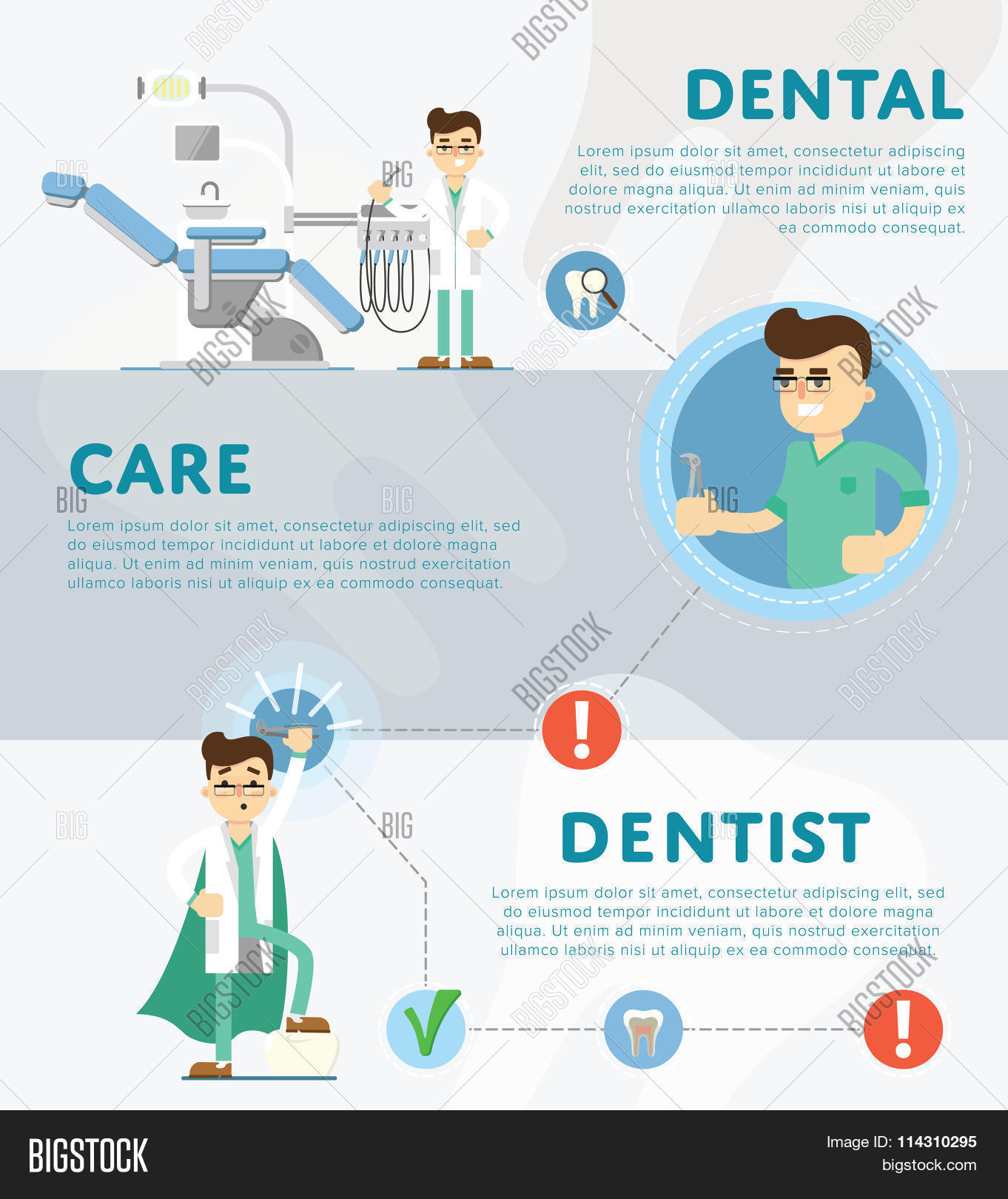The Horizon Of Dental Surgery: Revolutionary Innovations And Enhancements Forming The Occupation
The Horizon Of Dental Surgery: Revolutionary Innovations And Enhancements Forming The Occupation
Blog Article
Produced By-Kokholm Guerra
Welcome to the world of oral surgery, where developments and developments are shaping the future of the field! In this exciting realm, you'll witness the transformative power of robotics, the innovative wonder of 3D printing, and the game-changing impact of minimally invasive techniques.
The future of oral surgery holds an assurance of accuracy, efficiency, and enhanced individual end results. With the help of sophisticated robotics, surgeons have the ability to do intricate treatments with higher precision and control.
3D printing technology is changing the production of oral implants and prosthetics, using tailored options that fit seamlessly into each person's distinct makeup.
Furthermore, minimally invasive techniques are minimizing post-operative pain and recovery time, enabling clients to return to their daily lives quicker.
Prepare early dental caries to explore the exciting developments and advancements that are improving the landscape of oral surgery!
Advancements in Robotics
One significant development in oral surgery is making use of robotic innovation, which permits precise and efficient procedures. With the help of robotic systems, dental specialists have the capacity to perform intricate surgical procedures with boosted accuracy, minimizing the risk of human error.
These robot systems are outfitted with sophisticated imaging technology and exact tools that allow specialists to browse with intricate physiological structures with ease. By using robot modern technology, doctors can attain greater surgical accuracy, causing enhanced person end results and faster recuperation times.
In addition, the use of robotics in oral surgery allows for minimally intrusive treatments, lowering the injury to surrounding cells and promoting faster healing.
3D Printing in Dental Surgery
To boost the field of oral surgery, you can discover the subtopic of 3D printing in dental surgery. This innovative innovation has the potential to reinvent the means dental cosmetic surgeons operate and treat people. Here are four key methods which 3D printing is forming the field:
- ** Personalized Surgical Guides **: 3D printing permits the creation of highly exact and patient-specific surgical guides, boosting the precision and performance of procedures.
- ** Implant Prosthetics **: With 3D printing, oral doctors can create customized implant prosthetics that flawlessly fit a person's special makeup, leading to better results and patient complete satisfaction.
- ** Bone Grafting **: 3D printing makes it possible for the manufacturing of patient-specific bone grafts, lowering the need for conventional grafting strategies and boosting healing and healing time.
- ** Education and Educating **: 3D printing can be used to create sensible surgical designs for instructional purposes, permitting oral surgeons to exercise complicated procedures prior to doing them on people.
With its possible to improve accuracy, customization, and training, 3D printing is an amazing growth in the field of oral surgery.
Minimally Invasive Strategies
To additionally advance the field of dental surgery, accept the capacity of minimally intrusive techniques that can substantially benefit both cosmetic surgeons and individuals alike.
Minimally invasive methods are reinventing the area by lowering surgical trauma, decreasing post-operative pain, and increasing the recuperation procedure. These strategies entail utilizing smaller incisions and specialized tools to do treatments with precision and efficiency.
By utilizing https://augustpkfys.blogolenta.com/29935350/get-the-within-scoop-on-who-can-genuinely-benefit-from-invisalign-discover-the-crucial-variables-that-can-influence-your-smile-makeover , such as cone beam of light calculated tomography (CBCT), doctors can properly prepare and carry out surgeries with marginal invasiveness.
In addition, using lasers in dental surgery allows for precise tissue cutting and coagulation, resulting in decreased bleeding and reduced recovery time.
With minimally simply click the following web site , individuals can experience faster healing, reduced scarring, and boosted results, making it an essential aspect of the future of oral surgery.
Final thought
So, as you can see, the future of oral surgery is exceptionally appealing, with interesting technologies and developments forming the area.
From the developments in robotics to making use of 3D printing and minimally invasive strategies, oral specialists are changing the way they supply care.
While some may worry about the prospective price connected with these developments, it is necessary to remember that these technologies inevitably improve client end results and lower recuperation time, making them well worth the financial investment in the long run.
